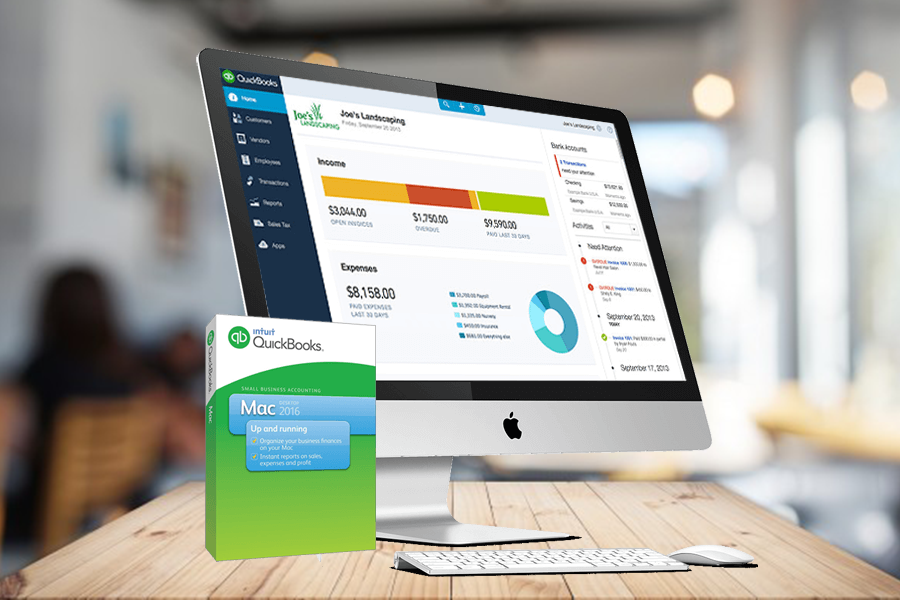

The two invoices that were paid by the bad check worth $1,806.87 will be marked as unpaid. As mentioned, above, the Bounced Check Summary will show you what happens behind the scenes. When you use the Record Bounced Check feature, QuickBooks will make sure that all related details on bounced check transactions are well-documented.

I'm here to share additional information about recording bounced check from customers. Thanks for keeping us updated, PoolHero1. Let me know if you have any other questions about this process. To read more about this process in greater detail, check out this article: Handle Non-Sufficient Funds (NSF) or bounced check from customers.
This invoice will be created for the fee you want to charge your customer. The following fees will be deducted from your bank account. The following invoices will be marked unpaid. QuickBooks will show you the Bounced Check Summary, for you to know what will happen behind the scenes. Note: For Bank Fee and Date, this is where you will want to enter the $15 bank fee charged for the bounced check. In the Manage Bounced Check window, enter the following information, then select Next. On the receive payments window, select the Record Bounced Check icon on the Main ribbon tab. Double-click the payment you want to record as NSF. Select the Transactions tab, then choose Received Payments. Go to Customers, then select Customer Center. Please note, the Record Bounced Check feature can only be used in single-user mode and only applies to check payments done through the Customer Payment window. Let's get this taken care of for you, use the Bounced Check Feature to record these transactions. Please let me know if you need further assistance. You can either use the Record Bounced Check feature or do the manual process. It gives you two options on how to do it. You can also check out our guide on handling NSF check from customer for your convenience. Remove the customer's name that has the Bank asset account. Then, double-click each entry to open it. Locate the general journal entries under the Transactions tab. Go to the Customer menu and select Customer Center. This will remove the transactions from the Unbilled Cost by Job report. In this case, we can remove the customer's name for the Bank asset account. While we need to have the customer/job entered in the Journal Entry line that lists the Accounts Receivable account, you don't need to have the customer/job entered in the line that has the other account. Hi there, Let me share with you a simple fix that I found.






 0 kommentar(er)
0 kommentar(er)
